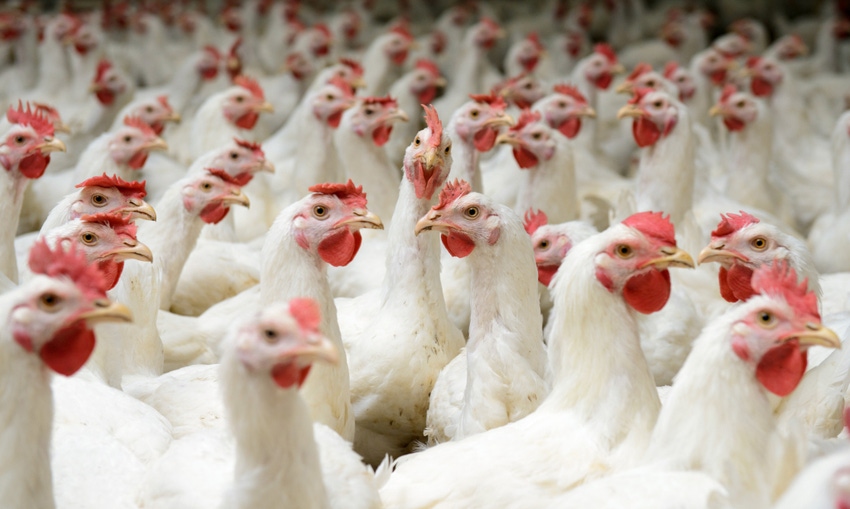Rabobank: Promising outlook for poultry in 2018
Avian influenza concerns rising,
December 14, 2017

The outlook for the global poultry industry in 2018 is promising, with relatively positive fundamentals, according to Rabobank’s "Poultry Quarterly Q1 2018" report. However, a disciplined supply growth strategy will be needed, especially as uncertainties are rising — such as the possible return of avian influenza during the Northern Hemisphere winter and a rising supply of competitive meat proteins like pork and beef.
“The outlook for the global poultry industry for 2018 is promising,” said Nan-Dirk Mulder, Rabobank senior analyst – animal protein. “This promising outlook includes ongoing demand growth in most markets, except China," and lower feed prices in the first half of 2018, if not longer.
The main concerns for 2018 are avian influenza returning during the Northern Hemisphere winter and increasingly competitive market conditions due to a growing red meat supply.
Global prices for chicken have remained strong, especially for whole chicken and breast meat, but dark meat prices have fallen. Competition from red meat will grow next year amid rising supplies and softening prices, the report noted.
Global poultry trade will also again be hit by volatility, driven by avian influenza, exchange rate volatility and changes in traders’ procurement strategies in response to earlier scandals in trade. New suppliers will continue to enter the market.
“Given these growing but uncertain and more competitive market conditions, supply discipline will be important,” Rabobank reiterated.
Regional update
According to the report, China’s industry is struggling, with winter rapidly approaching and many wet markets yet to be closed.
“This situation could negatively affect prices and global trade. The industry needs to further reduce supply in order to rebalance supply and demand,” the report explained.
In Brazil, Rabobank said the industry is recovering from the "Operation Weak Flesh" meat scandal, and exports have returned to 2016 levels after significant drops in the second and third quarters. However, the risk remains that Brazil's imports will be substituted by new suppliers.
The European Union's poultry industry, on the hand, is performing relatively well, which the report said is based on a favorable supply/demand balance in the European market (given restricted production growth in the aftermath of avian influenza earlier in 2017), along with constrained growth in northwestern Europe due to environmental regulations that restrict expansion. Eastern Europe — especially Poland — will keep growing fast, becoming a major trade hub, Rabobank suggested.
The fastest-growing global regions are currently Southeast Asia and Eastern Europe, according to the report. Rabobank said Southeast Asia will remain very bullish next year, with ongoing growth of more than 5% in most countries like Indonesia, India, the Philippines and Thailand that's driven by strong local demand and Thailand’s clear leadership when it comes to global trade. However, the report pointed out that the recent industry expansion of 7% probably occurred a bit too fast, when taking into account the current margin pressure.
Last, Rabobank said the U.S. poultry industry is expected to keep performing well, driven by ongoing strong local market conditions and improved exports. This, combined with predicted record-high U.S. corn and soybean harvests, will likely send feed prices lower.
You May Also Like



